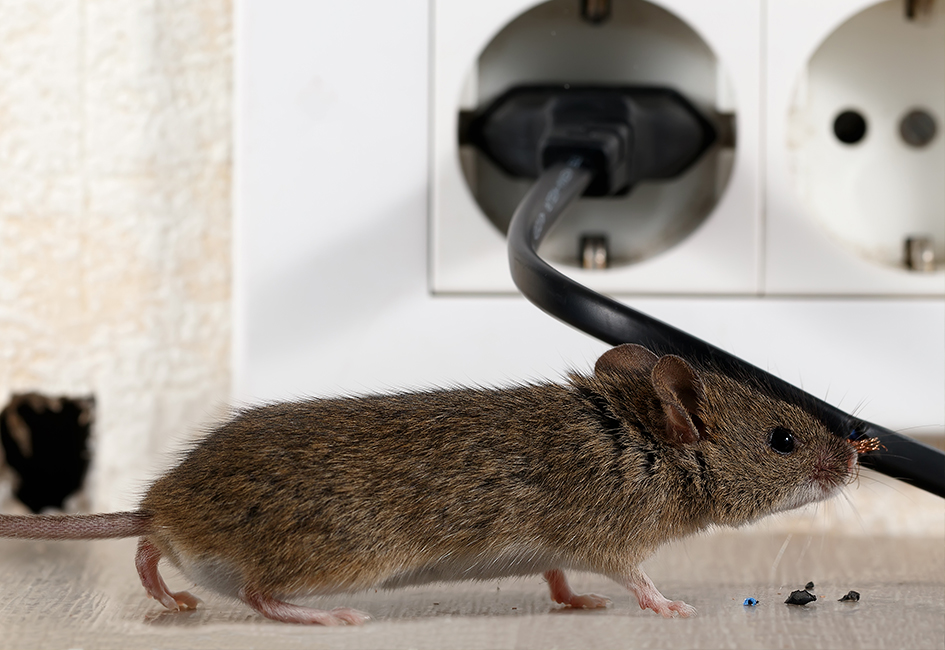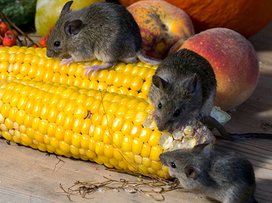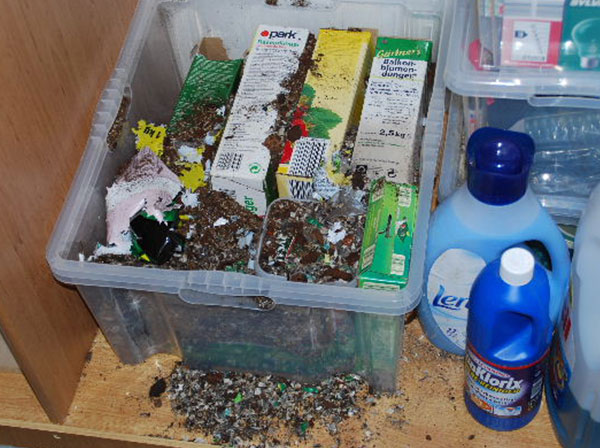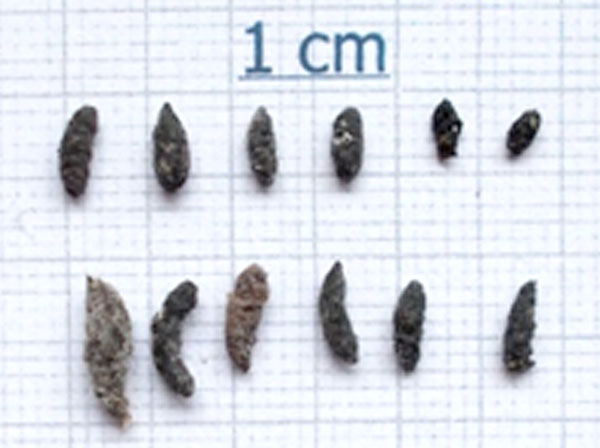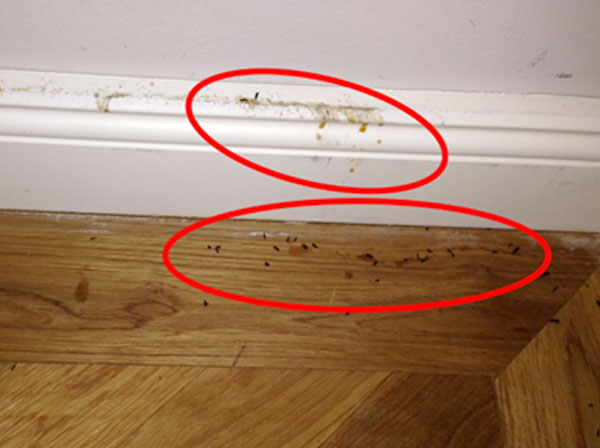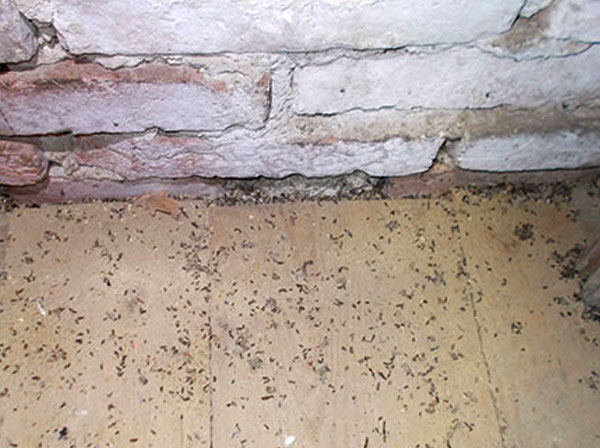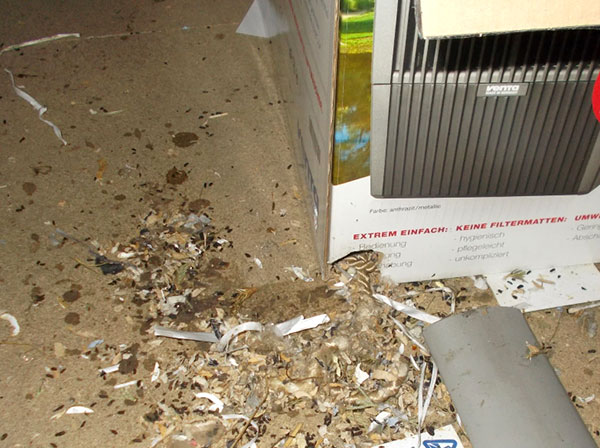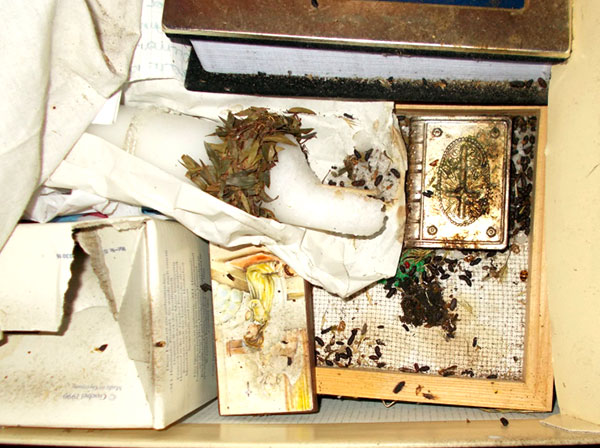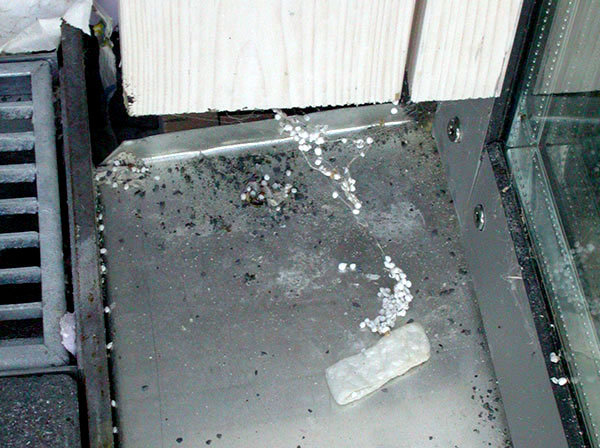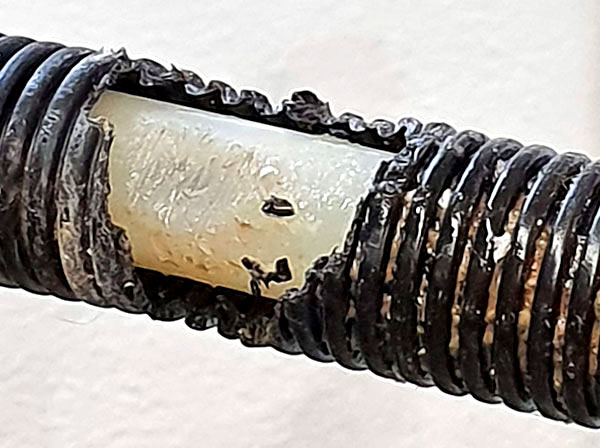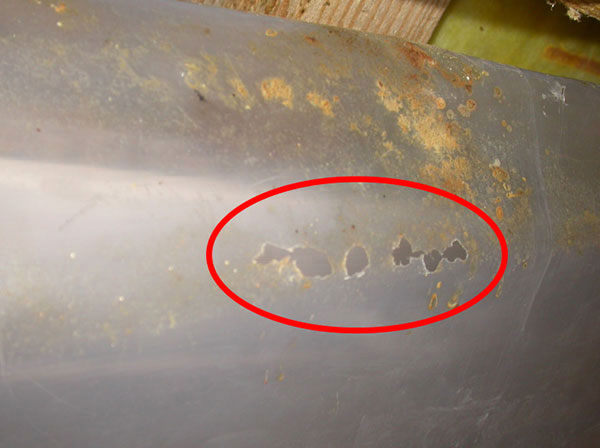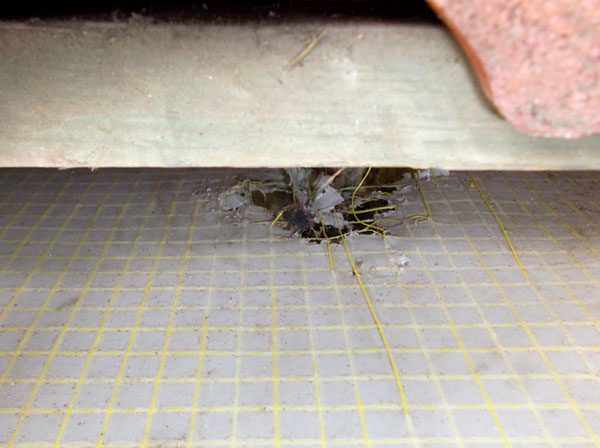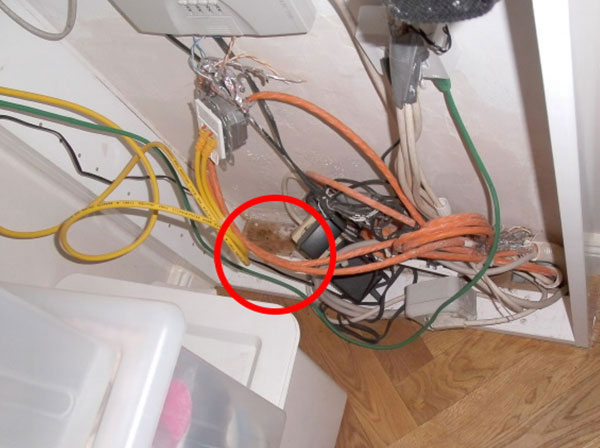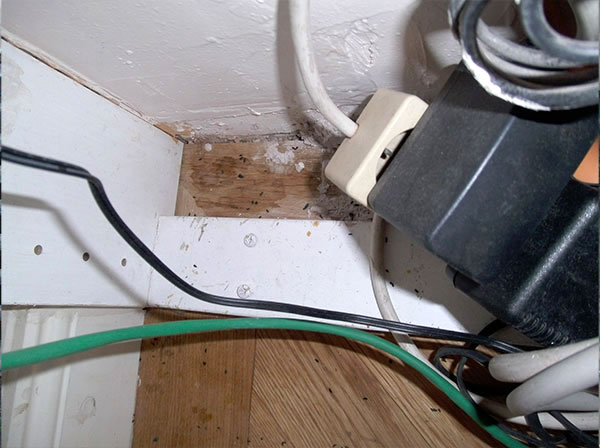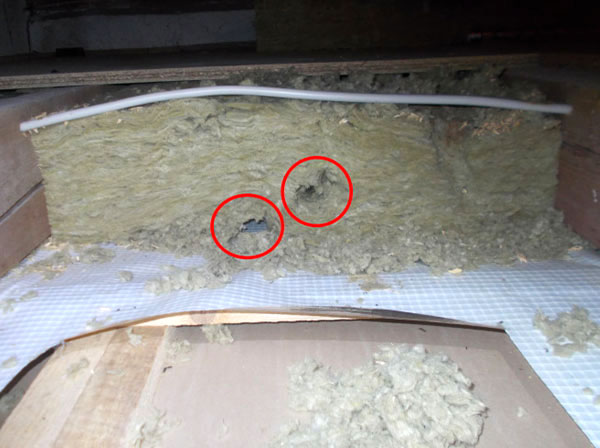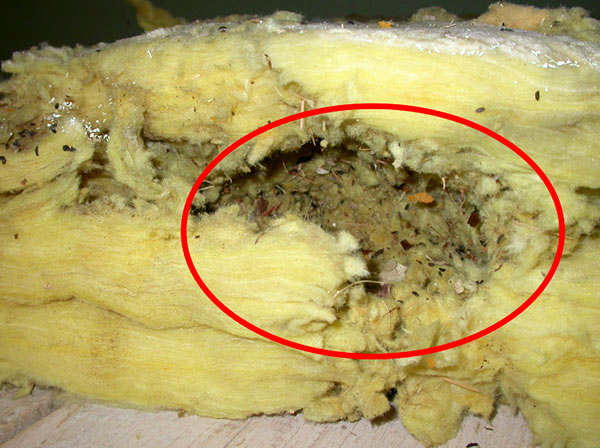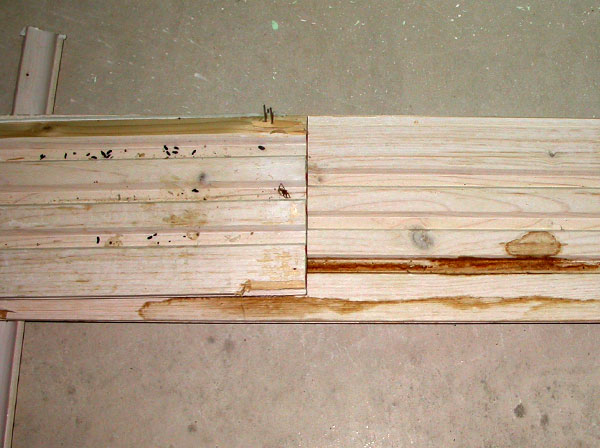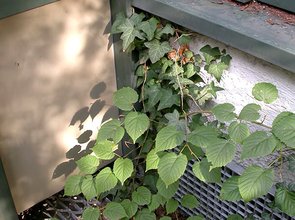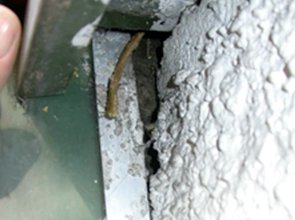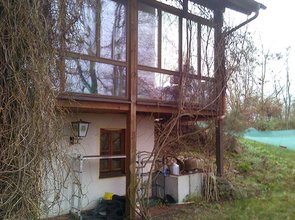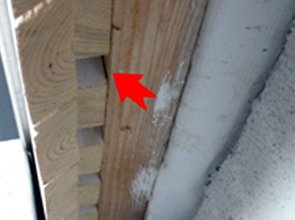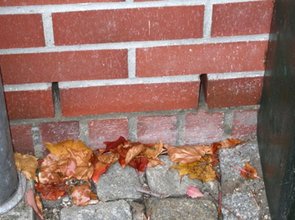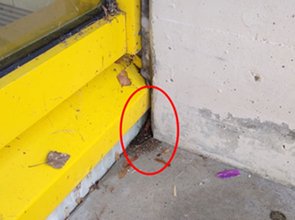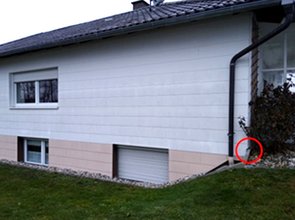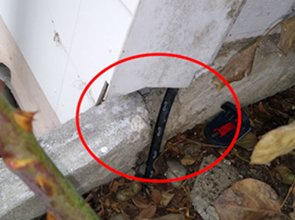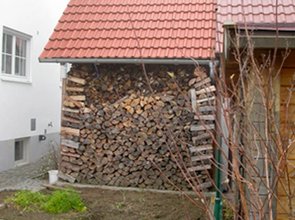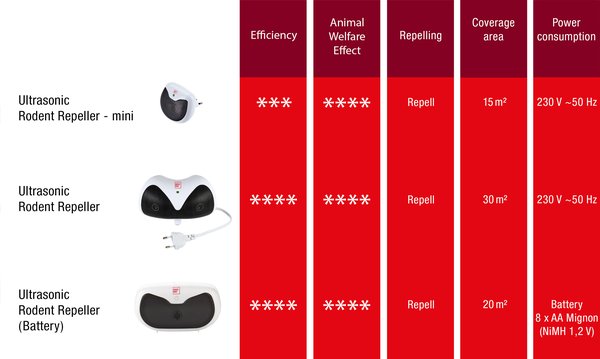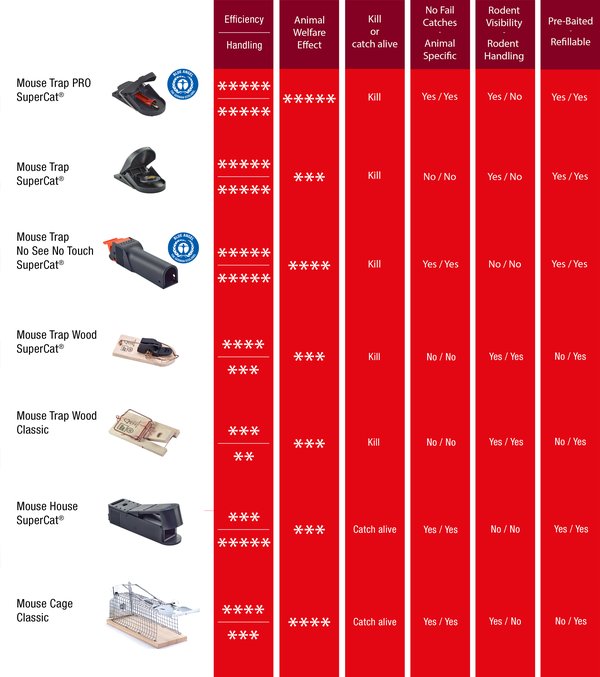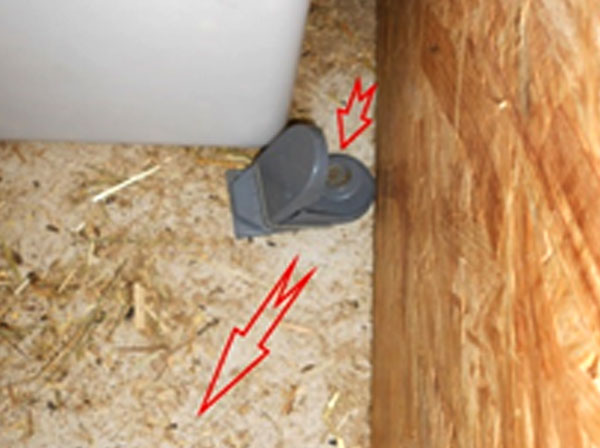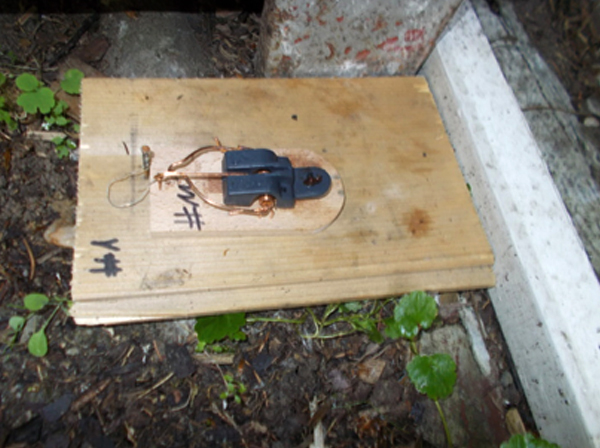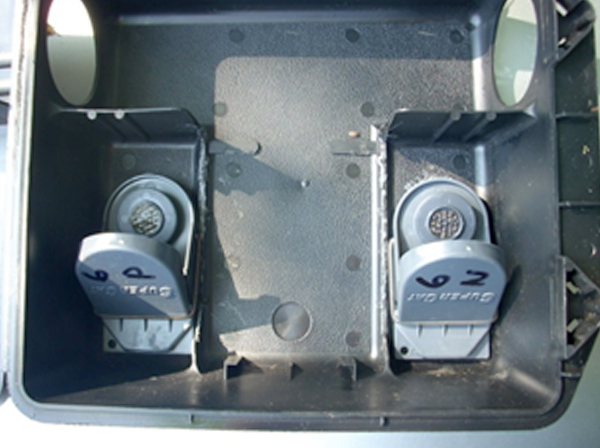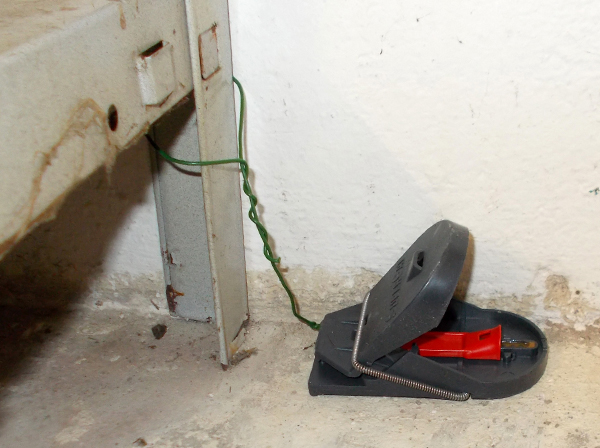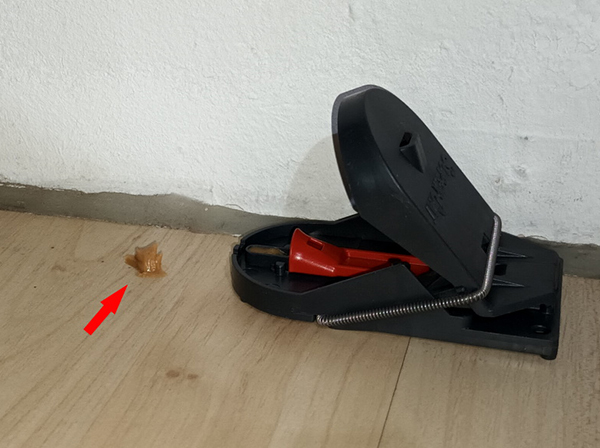The house mouse is native to India. About 15,000 years ago, when humans began to stock up, the house mouse adapted to humans and tried to steal their food. In the period from 12,000 BC to 1000BC it spread over all Europe. During the European exploration and colonisation, it has been transported by humans to the Americas, Australia and all other parts of the globe.
Active Periods: Nocturnal to protect against their natural enemies; activity peaks 30 minutes after sunset and before sunrise
House mice live in family groups. Their social behaviour is also highly adaptive and can range from polygamic (one male mates with several female) to polyandric (one female mates with several male) depending on population density. But most of the time, a dominant male lives together with a little harem of related females and their offspring. These groups of female cooperatively nurse, breed and rear with high reproductive success. The male mark their small territories with urine and defend them aggressively against intruders.
Social behaviour of house mice is managed by pheromones in their urine and tear fluid. For example. pheromones can slow down or speed up sexual maturation, synchronize reproductive cycles or even terminate pregnancies. Avoidance of inbreeding is also controlled by the urine scent. Closely related mice recognize each other by their scent and don’t mate.
House mice are good jumpers, climbers and swimmers. They can jump vertically up to 45cm.
They like to gnaw in different places and often. Small amounts of food are ingested in different places. Not only food but also other materials are gnawed (building materials, Styrofoam, wood, paper, cables).
As many rodents, mice have reduced ability to recognize colours,but have excellent night view. Additionally, they can see infrared light as well as ultraviolet light. So they are able to recognize the spotlight of trail cameras.
In the dark, they orientate by whiskers and body hair along walls and other vertical surfaces. They also follow their urine scented traces and smear marks.
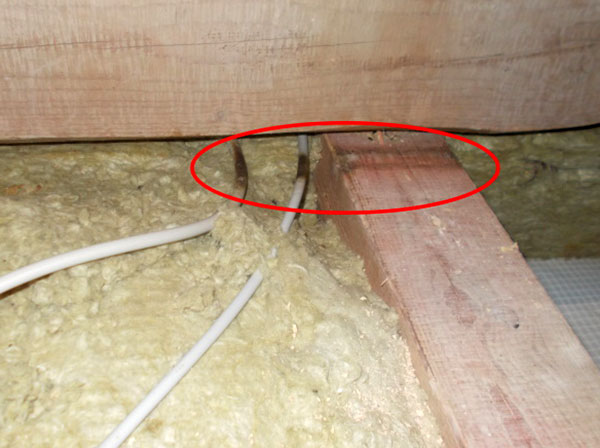
Dark and smelly smear marks on strongly frequented mouse runway across beams and cables.
House mice have an excellent hearing and are sensitive to ultrasonic sound up to 120 kHz. During courtship, males sing ultrasonic songs for the female. Mouse baby calls are also in the ultrasonic range.
The tail is used for climbing, balancing, when standing on the hind legs and for thermoregulation.


![[Translate to EN:] [Translate to EN:]](/files/pics/7/2/csm_Mouse__860x586px_4295e63b71.jpg)
![[Translate to EN:] indian-meal moth on oatmeal [Translate to EN:] indian-meal moth on oatmeal](/files/pics/b/6/csm_indian-meal-moth-on-oatmeal_low_659108f917.jpg)
![[Translate to EN:] Schnecken [Translate to EN:] Schnecken](/files/pics/5/f/csm_Slug__860x586px_da4b2d7f83.jpg)
![[Translate to EN:] Vogel [Translate to EN:] Vogel](/files/pics/8/9/csm_Bird__860x586px_273b7ffaf9.jpg)
![[Translate to EN:] Ratten [Translate to EN:] Ratten](/files/pics/0/9/csm_Rat__860x586px_e3e988d139.jpg)
![[Translate to EN:] Maulwurf [Translate to EN:] Maulwurf](/files/pics/2/e/csm_Mole__860x586px_d43e7e8948.jpg)
![[Translate to EN:] Marder [Translate to EN:] Marder](/files/pics/d/6/csm_Marten__860x586px_7508da5714.jpg)
![[Translate to EN:] Fliege [Translate to EN:] Fliege](/files/pics/a/d/csm_Fly__860x586px_66c70bb32f.jpg)

